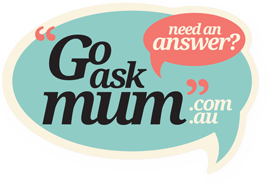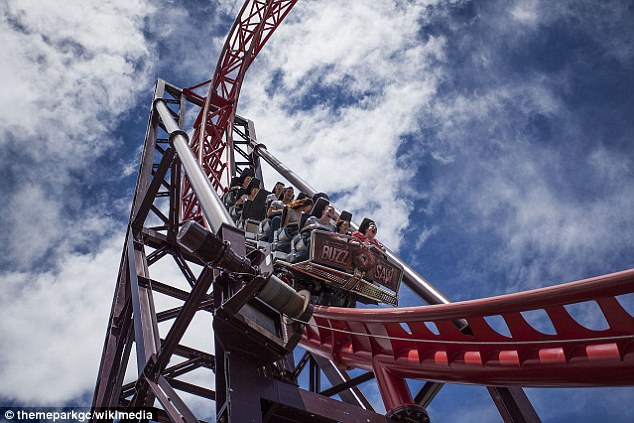I have wonderful memories of Dreamworld as a child and as a teenager.
It was a rare treat when mum and dad would take my brother and I to Dreamworld for the day. There was no such thing as seasonal passes back in those days, just a one day entry. And one day was all that was needed to get on most of the rides. Sometimes we’d have time to go on a ride twice.
In high school, Dreamworld was the break-up location for grade 11. Roaming around the park with my school mates felt so ‘cool’ and oh so grown up.
I can’t even remember the last time I’ve been to Dreamworld, despite it’s recent added attractions to cater for younger kids.
I was horrified – like most Australians, when 4 people lost their lives on the Thunder River Rapids ride. I had gone on the ride many times during my younger years. It was a tragic accident that could have happened to any one of us who had previously ridden the ride.
As a true blue Queenslander, I don’t want to see Dreamworld close its doors. It is a wonderful draw card for tourism on the Gold Coast. It also serves as a marker on the drive from Brisbane to the Gold Coast, as it sits half way between the two cities.
But at the same time I can’t forget the deaths. And nor can I ignore the recent rollercoaster malfunction that left a group of passengers trapped in the ride for half an hour in the vertical position.
On Monday afternoon, the Buzzsaw rollercoaster stopped, 46 meters in the air with 6 passengers on board. While no one was injured, the malfunction has done nothing to ease the fears of the general public.
Unfortunately it hasn’t been the only incident at the park since the Thunder River Rapids tragedy.
In January, an automatic sensor triggered a brief shutdown on The Giant Drop. Passengers were stuck on the ride with their legs dangling in the breeze.
It’s been claimed an automatic sensor similarly triggered the Buzzsaw ride to stop mid-ascent. A spokesperson from Dreamworld explained, ‘The Buzzsaw auto-stop sensor was engaged today (Monday). Auto-stopping and resetting of rides is a regular and essential part of operations. It occurs for a variety of reasons, from sensor alignment to guest behaviour or weather,’ he said.
‘Guests are not placed in danger by auto-stops occurring. They are an essential built-in part of ride safety systems and manufacturer’s specifications.’
Even though entrants aren’t put in danger by auto-stops of rides, no one can ignore the outcome of the Thunder River Rapids ride in October.
The breakdowns aren’t doing Dreamworld any favours and it’s reflecting in their revenue.
In February the park saw a 50 per cent drop in revenue since the tragedy last year. It is believe the park suffered a loss of $10million in the six weeks it was closed.
In early January, Ardent Leisure released a statement that revealed Dreamworld ticket sales had dropped to $3.66million – down 63 per cent – in just 21 days over December.
In the same period in the previous year (2015), the ticket sales raked in $9.89million for the park.
The continual scares of rides stopping or mal-functioning are not helping consumer confidence in the park.
I’m fearful of taking my own children to the park. I don’t want them to be involved in another tragedy, and I’m sure other parents are thinking the same.
In December, police investigated the park and a series of rigorous safety checks were done by the Queensland Government. We can take solace that Australia has some of the best safety laws in the world, but this may not be enough to save the park.
For Dreamworld’s sake and for tourism in Queensland, I hope the park can continue to trade, offering happy memories to families. But I’m not sure if we will ever get over the tragedy that claimed 4 innocent lives last year.
We’d love you to have your say.
Do you feel confident about taking your kids to Dreamworld? Fill in our poll as we’d love to know what you think.










